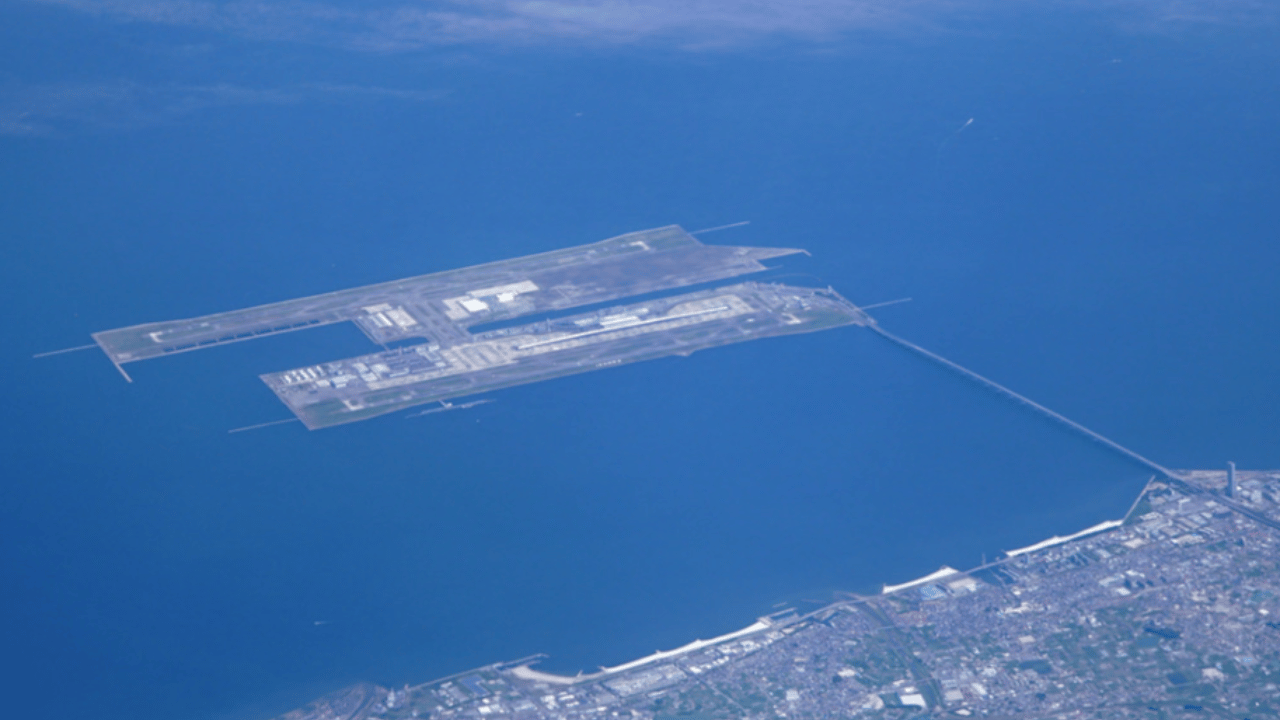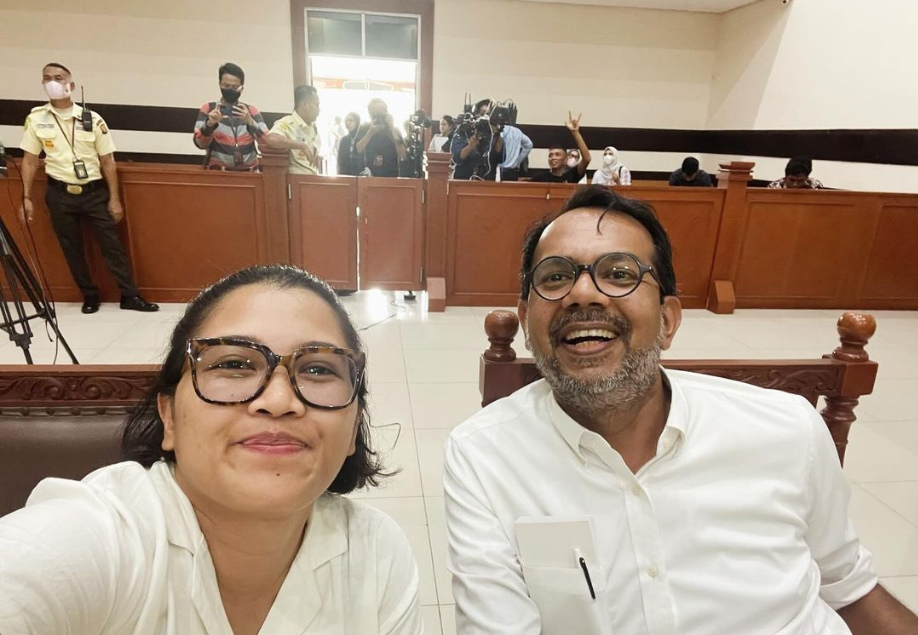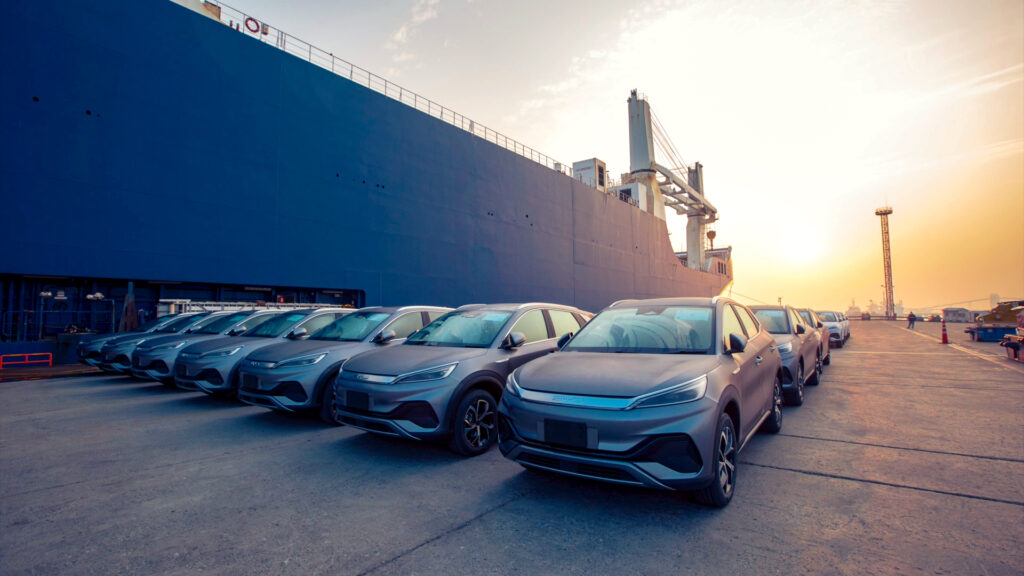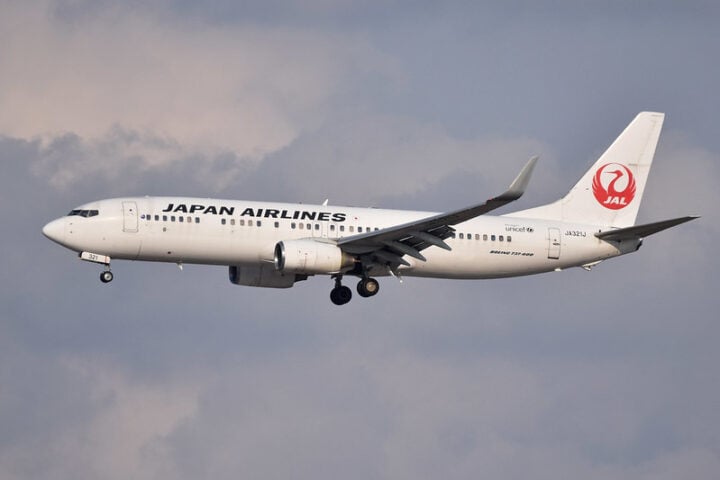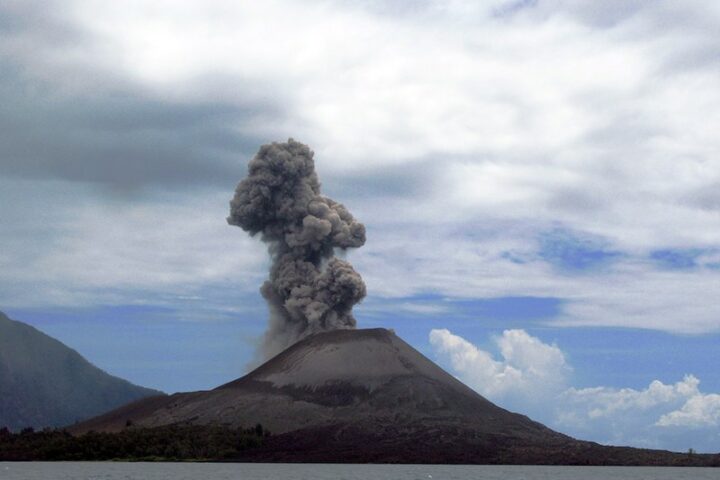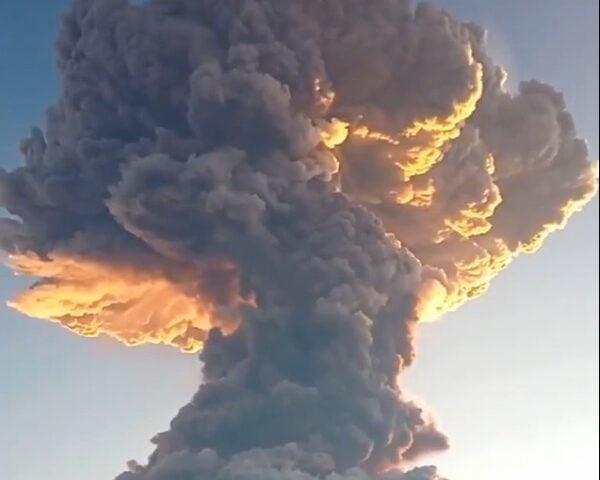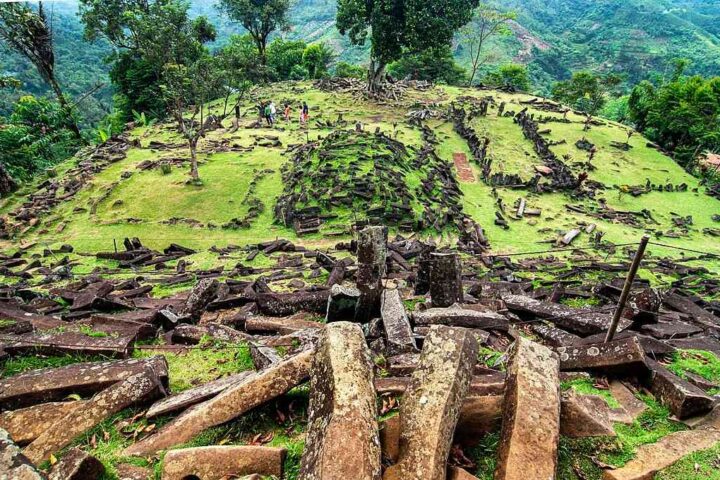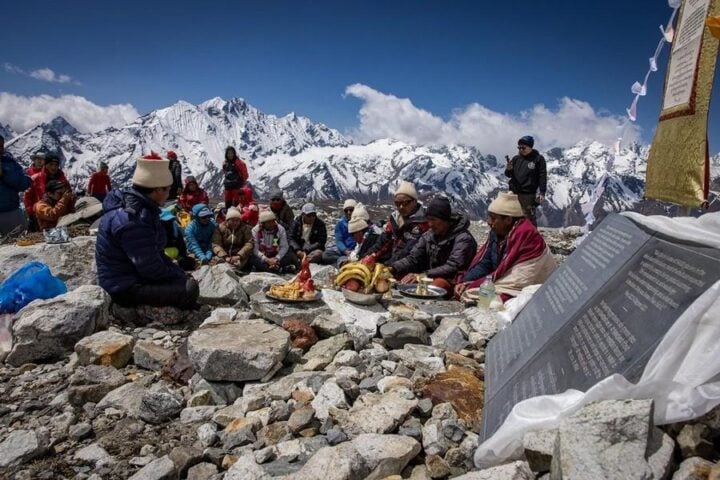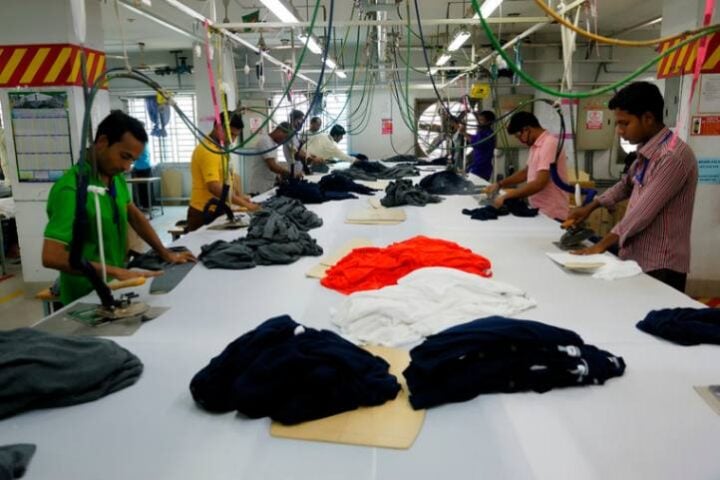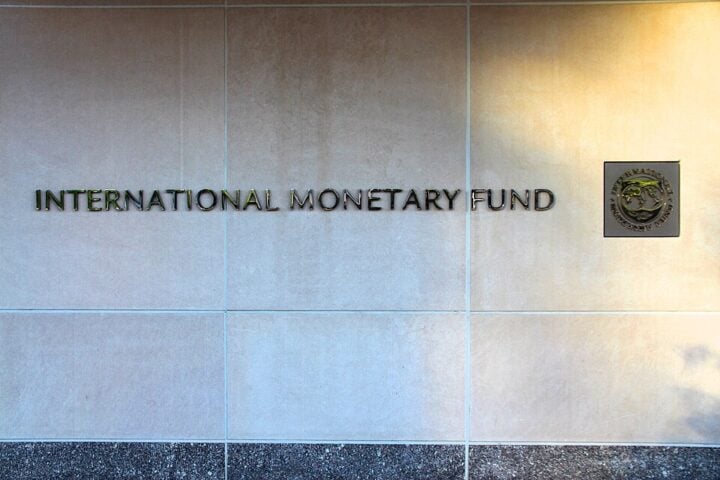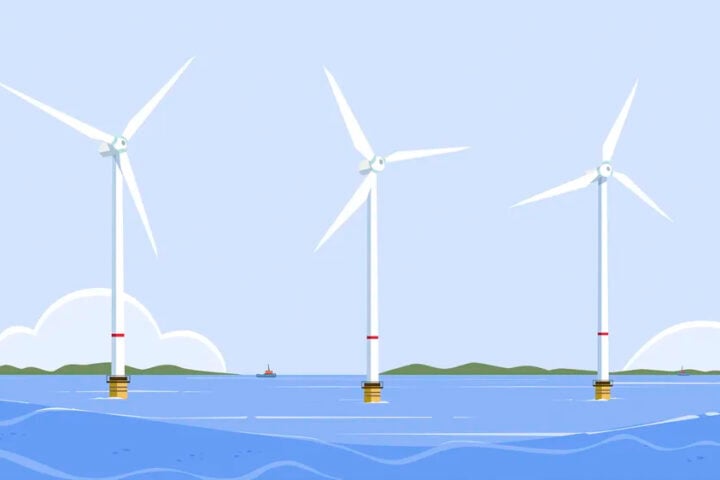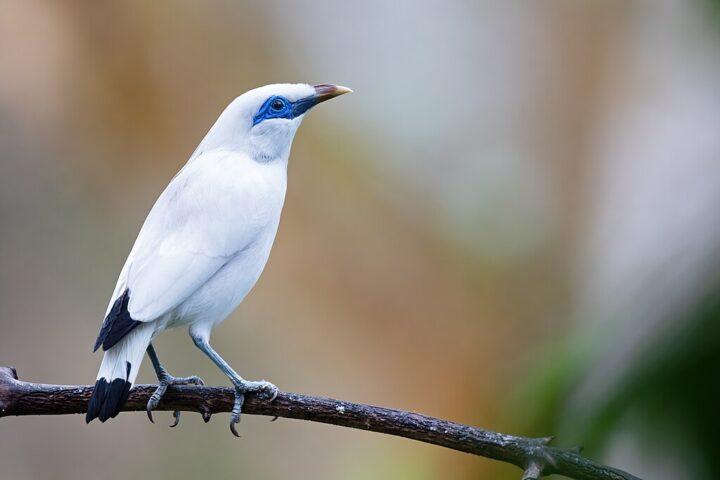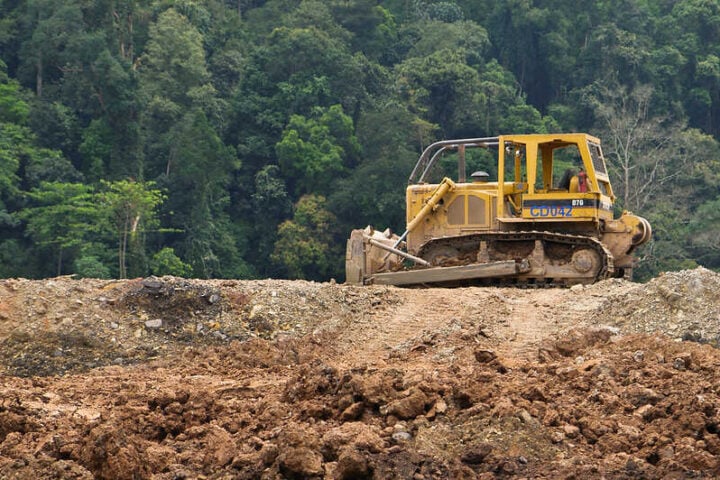An enormous dilemma has emerged for Kansai International Airport, an engineering marvel and important hub in Japan: it is sinking. Built for almost $20 billion, this airport is located in Osaka Bay on two man-made islands and has been a major hub for air travel since it opened in 1994. Built in order to relieve traffic at Itami Airport in Osaka, it has subsequently become an important aviation hub for Japan, ranking as the third busiest airport as of 2022.
Serious worries are raised as the Kansai Airport continues sinking, which happened faster than expected. By 1990, as per the engineers, the airport was supposed to sink by 5.7 meters, but instead it sank 8.2 meters. It has now plummeted 11 meters in 30 years, surpassing the projections made by a considerable margin. Because of the nature of the terrain it was built upon, there has been an alarming rate of drowning. Many steps were taken to change the seafloor from a “wet sponge” state to a dry, compact one. The clay seabed was covered with more than 1.5 meters of sand, and then 2.2 million vertical pipes were installed and filled with dirt and sand to form a sturdy foundation.
Similar Posts
The airport continues to sink in spite of the efforts, which include spending $140 million on dam building and strengthening; it is now predicted that the airport will be totally buried by 2056. The airport’s susceptibility to extreme weather and natural disasters makes the situation worse. For example, in 2018, the airport was hit by the catastrophic typhoon Jebi, which resulted in a temporary shutdown.
There is uncertainty over the future of Kansai International Airport. It continues to play a crucial role in Japan’s aviation sector, handling millions of passengers and acting as a hub for big players like Japan Airlines, Nippon Cargo Airlines, and All Nippon Airways. However, the question of how resilient this infrastructure is against the unforgiving forces of nature and the sea still lingers.
This scenario is a sobering reminder of the difficulties encountered when building extensive infrastructure in unusual settings. Engineers and aviation professionals throughout the world continue to closely monitor and contemplate the future of Kansai International Airport as it struggles with these issues.
